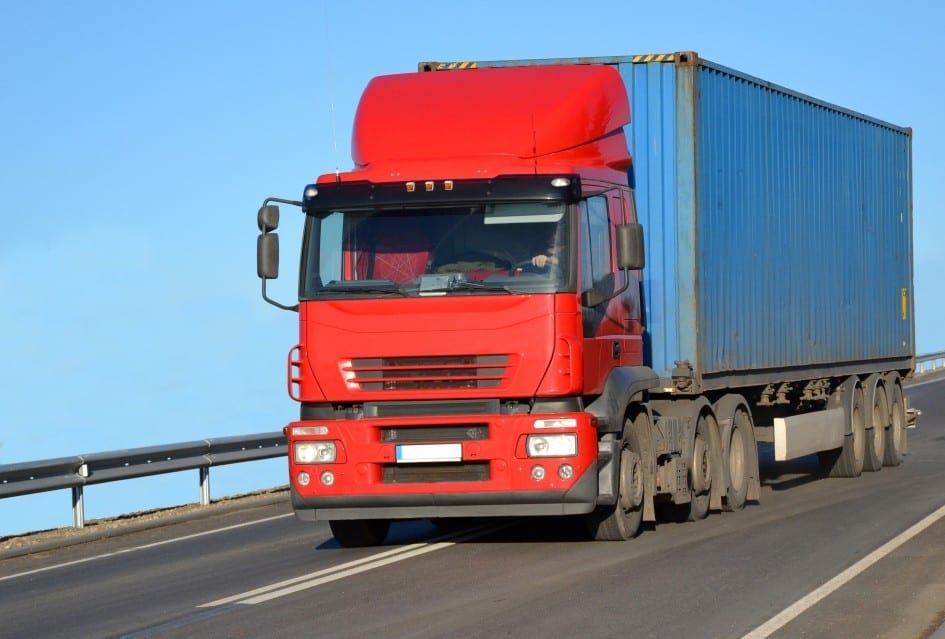Since the end of the 20th century the notion of self-storage has become a normal feature of most people’s lives and the industry continues to grow. Self-storage units are used by small and start-up businesses to store seasonal or excess stock as a cheaper alternative to paying commercial rents for extra office or warehouse space. And, of course, it is also used by individuals for a variety of reasons; during a house move to provide a temporary storage solution, as a more permanent solution after down-sizing for those treasured belongings or simply to offer additional space for today’s owners of small, modern homes in the UK.
So given the value of the possessions being stored, whether that is in real monetary terms or sentimental value, it is naturally important that users of these facilities know that their belongings are being securely stored. For this reason, as would be expected, self-storage facilities take their security very seriously.
Some facilities offer a PIN code known only to the renter of the unit, others have 24-hour security, barbed wire fences, monitored CCTV cameras and/or photo identification cards to gain access to the site. However, just as a secure home can still be burgled so a secure self-storage unit can still be broken into so no matter how high the levels of security it is essential to take out adequate insurance to cover the theft of your possessions. Don’t be tempted to think no insurance or minimal insurance is sufficient because of, say, the 24-hour security. Things can, and do, go wrong and security breaches can happen.
The type of storage unit chosen will also have an impact on the security. Shipping containers are generally stored outside in an area where vehicles can drive straight up to them for loading and unloading. This is great when you are loading or unloading your stuff but less great if it means a burglar has easy access to the outside area. Whereas internal storage rooms usually have an additional level of security to get through, say, a main gate and then the door to the building. Consider this fact if you could manage with a large room and don’t really need a full container.
But also check the security for yourself – for example, is the main gate also locked and a code, or better still, photo ID required to gain access. Is the main door alarmed and monitored or is it often left open. Only finally should you check the actual locking system on your storage unit; make sure that it will do the job it was intended for by choosing a high security padlock but also ensure the chain, latch or hasp is as strong as possible otherwise they could easily be broken to gain access. Also check whether your insurance stipulates a particular standard of lock such as the CEN standard. Always choose a lock with a key and don’t assume the bigger padlocks are more secure as this is not necessarily true. In the end choose a self-storage company that you trust or one that is recommended to you; again bigger is not always best.

Recent Comments